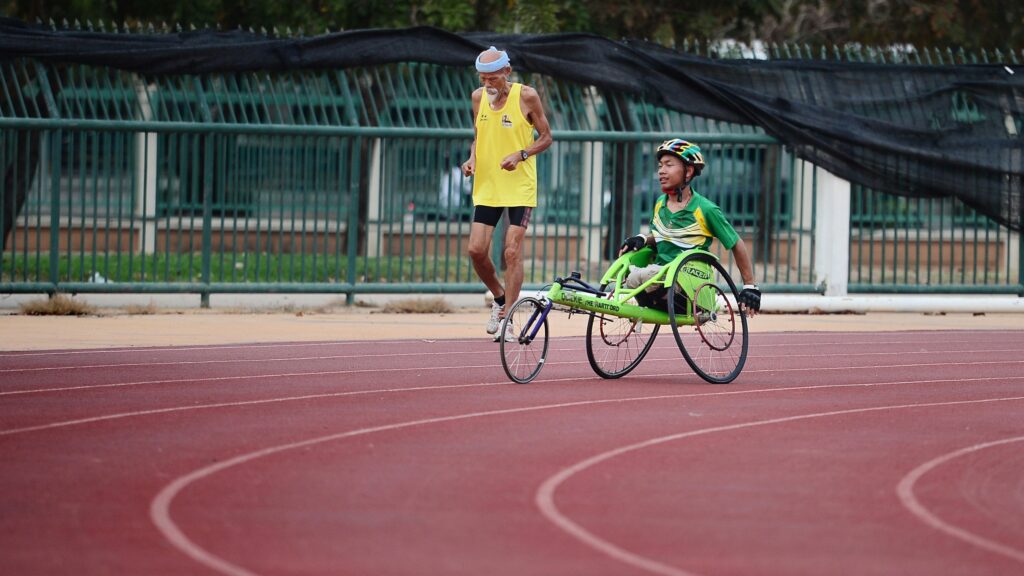Rethinking Inclusion in Sports: A Proposal for Unified Games

Inclusion is a fundamental principle that guides modern society towards a more equitable and just world. In the realm of sports, the Paralympic Games stand as a beacon of inclusivity, showcasing the talents and abilities of athletes with disabilities on a global stage. However, upon closer examination, it becomes apparent that the current structure of the Paralympics may inadvertently perpetuate segregation rather than true inclusion.
At present, the Paralympics feature a diverse range of sports, from athletics to swimming, each categorized according to the type of disability or impairment. While this approach aims to provide opportunities for athletes with various disabilities to compete, it also creates a divide between sports played with a ball and those that are not. This division has significant implications, both in terms of participation numbers and financial support.
Consider the disparity in athlete numbers between the Paralympics and the Olympics. The Paralympics typically host around 4,000 athletes, while the Olympics welcome approximately 7,000 athletes. This gap is partly due to the way sports are categorized in the Paralympics, with certain sports, such as wheelchair tennis, migrating to mainstream organizations like the International Tennis Federation (ITF) for greater recognition and financial support.
The financial discrepancy between the International Olympic Committee (IOC) and the International Paralympic Committee (IPC) further exacerbates the issue. The IOC boasts a significantly larger budget than the IPC, resulting in the Paralympics relying heavily on charitable contributions and sponsorships. This financial disparity not only affects the scale and scope of the Paralympic Games but also perpetuates the perception of disability sports as secondary or less prestigious.
To address these challenges and promote true inclusion in sports, it may be time to reconsider the structure of the Paralympic Games. Rather than categorizing sports based on disability, a more inclusive approach could involve grouping sports according to common elements, such as whether they involve a ball.
Imagine a unified games format where one set of games features all ball-related sports, including football, basketball, and handball, while another set includes sports like athletics and swimming. This approach would not only streamline the organization of the games but also ensure a more balanced representation of athletes across different sports.
Furthermore, adopting a unified games model would promote educational opportunities and exposure to a wider audience. Just as spectators at Wimbledon witness a variety of tennis categories, including wheelchair tennis, a unified games format would expose audiences to a diverse range of sports and athletes. In fact, recent data shows that wheelchair tennis matches have garnered more television views than some traditional categories, highlighting the entertainment value and appeal of disability sports.
In essence, true inclusion requires us to challenge existing paradigms and rethink the way we structure and approach sports. Just as we strive to eliminate discrimination based on race or gender, we must also work towards breaking down barriers for athletes with disabilities. By embracing a unified games model that celebrates diversity and promotes equality, we can truly embody the spirit of inclusion in sports.
It’s time to do what is right and move towards a future where sports transcend barriers and unite us all in the pursuit of excellence.